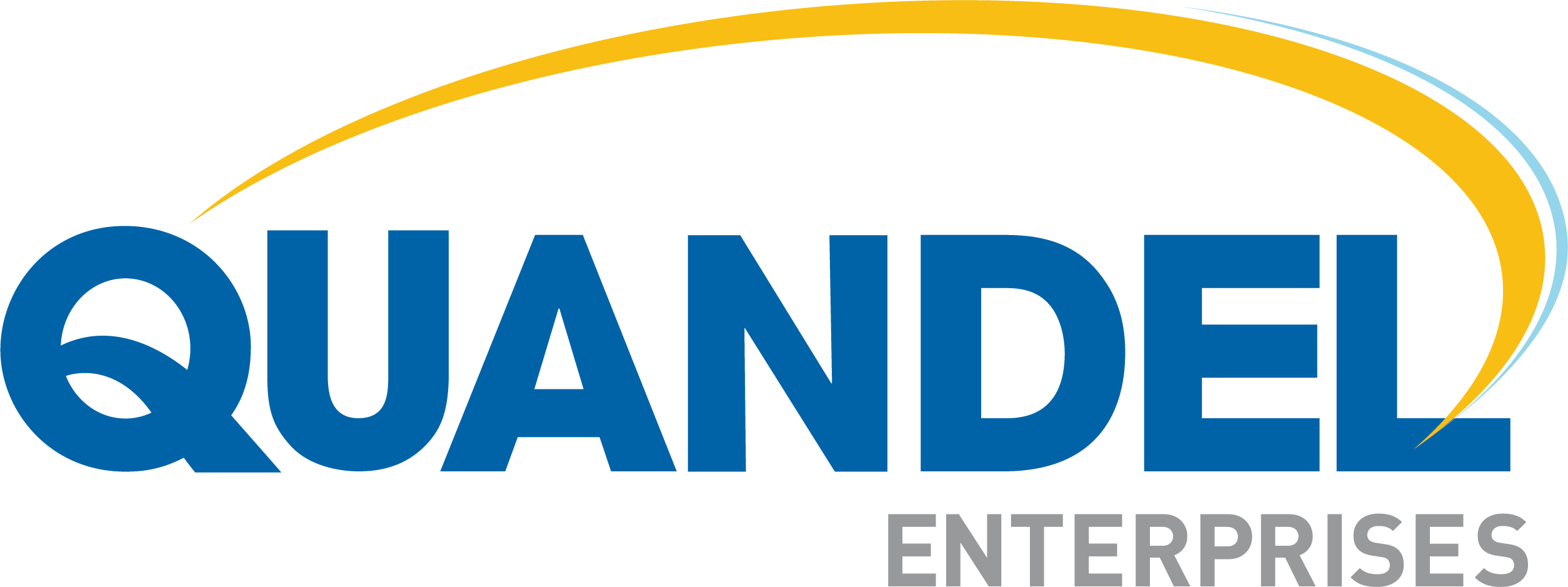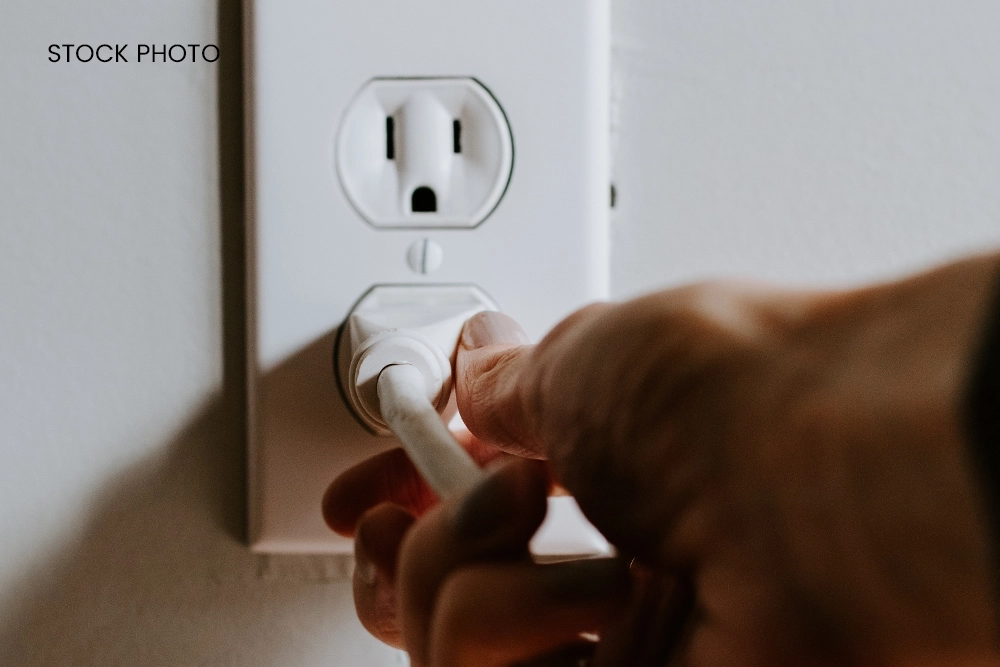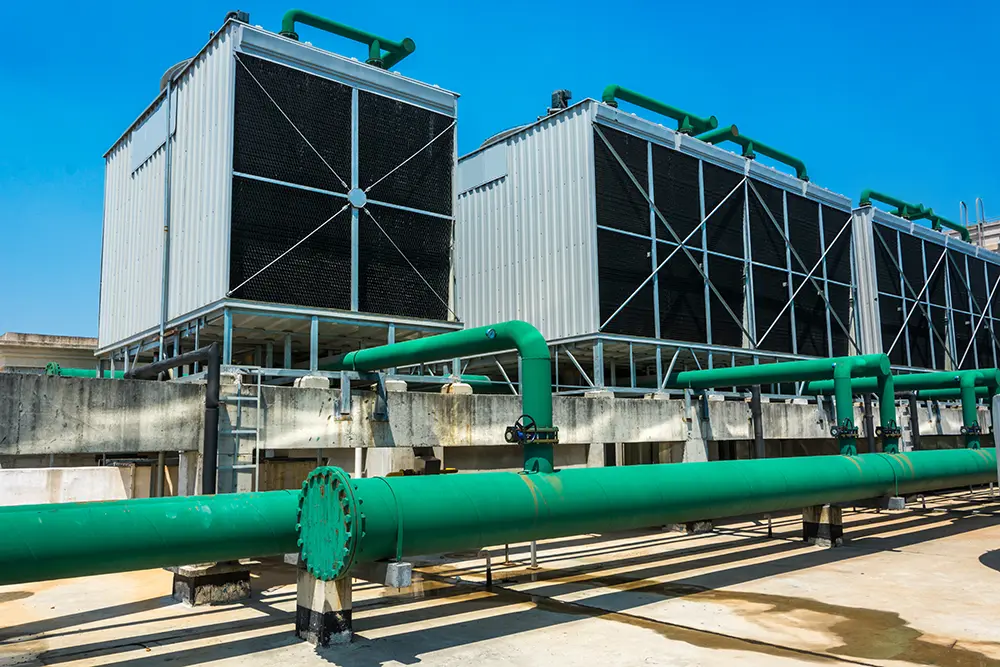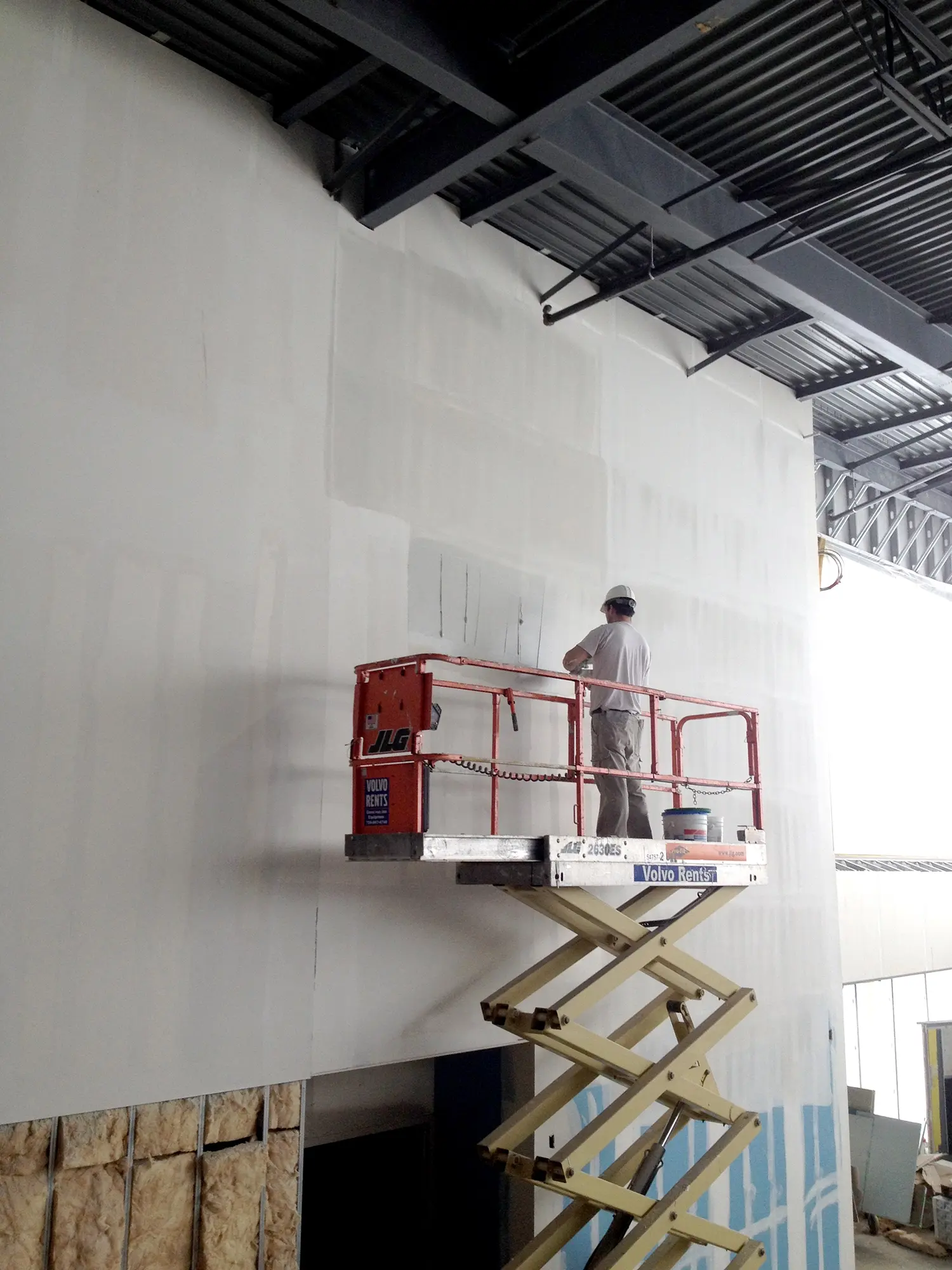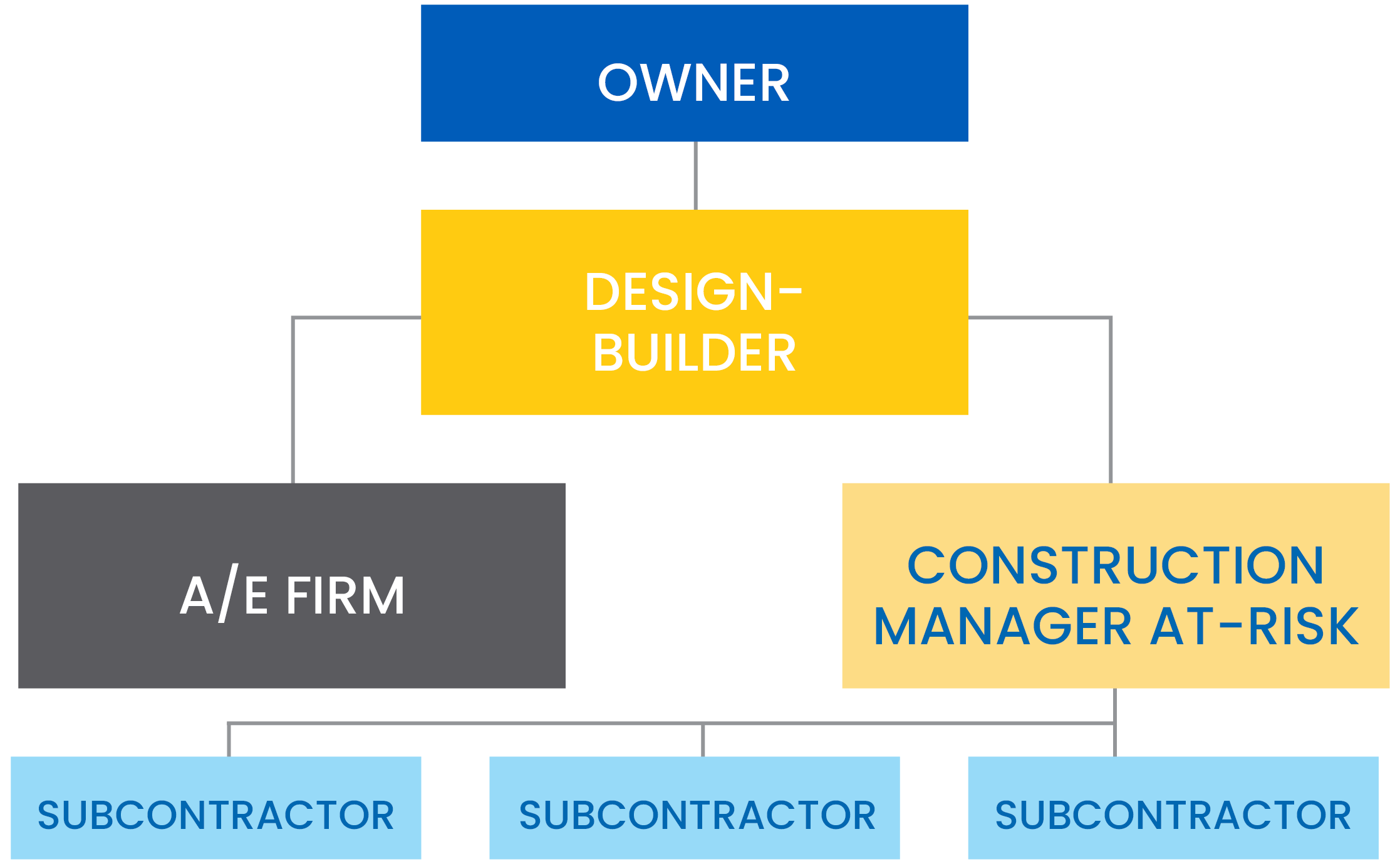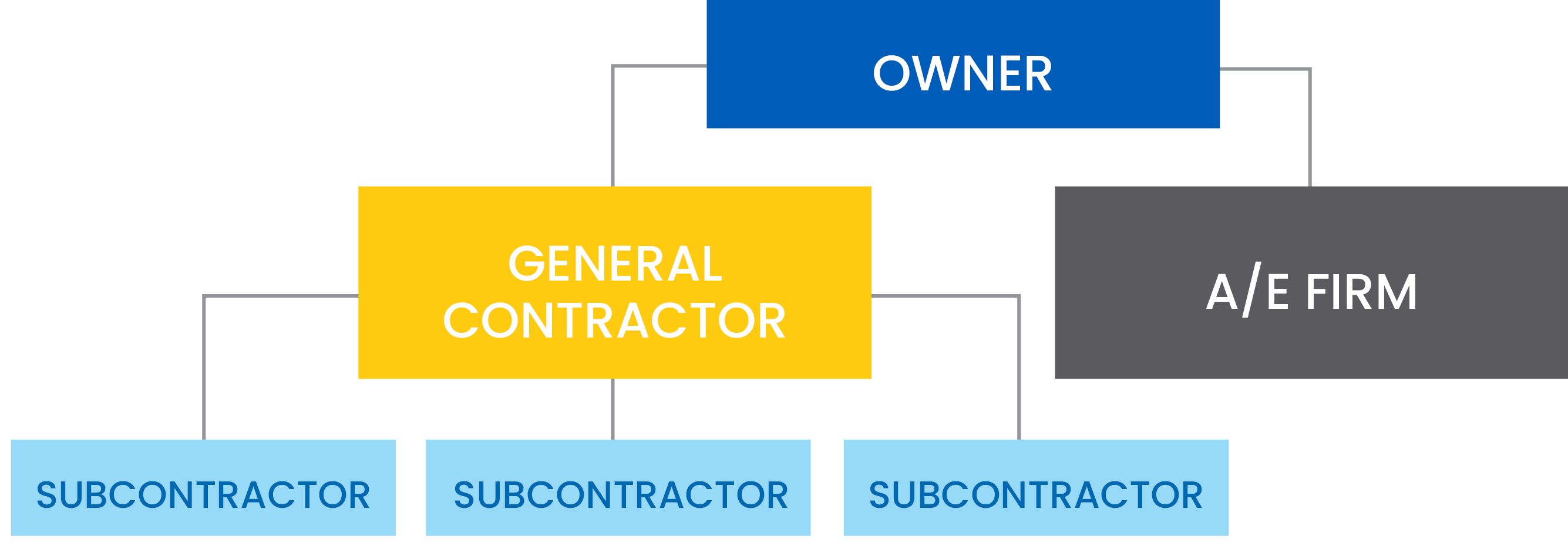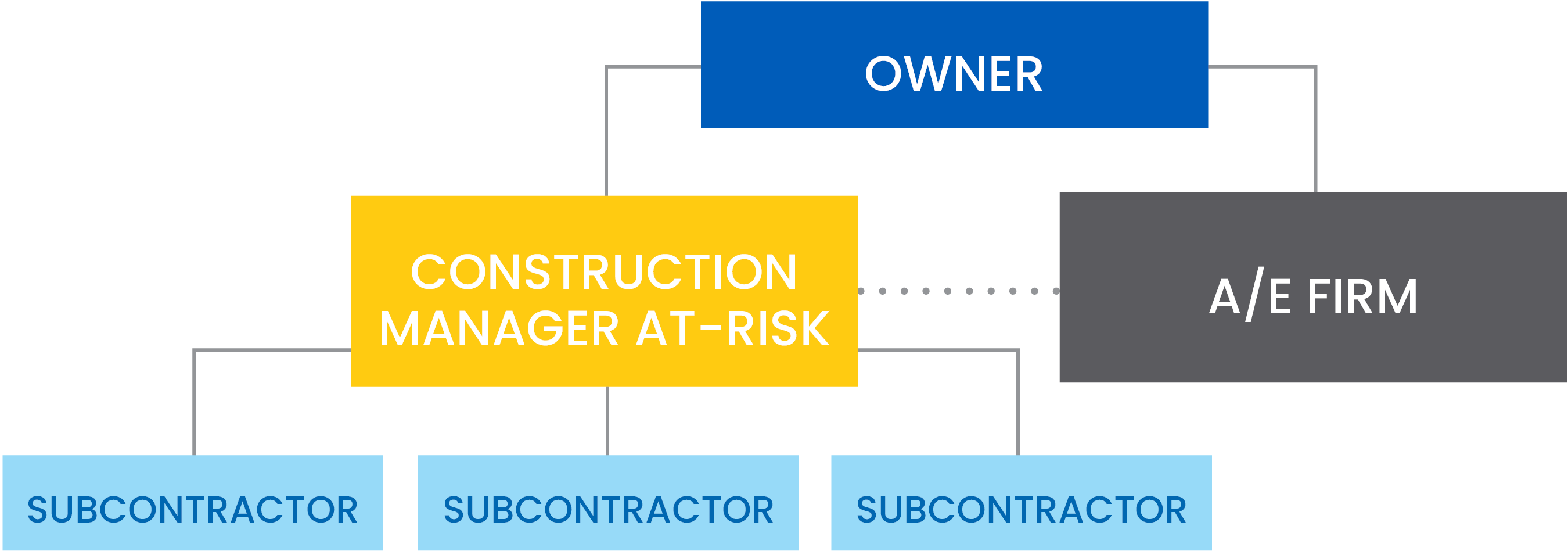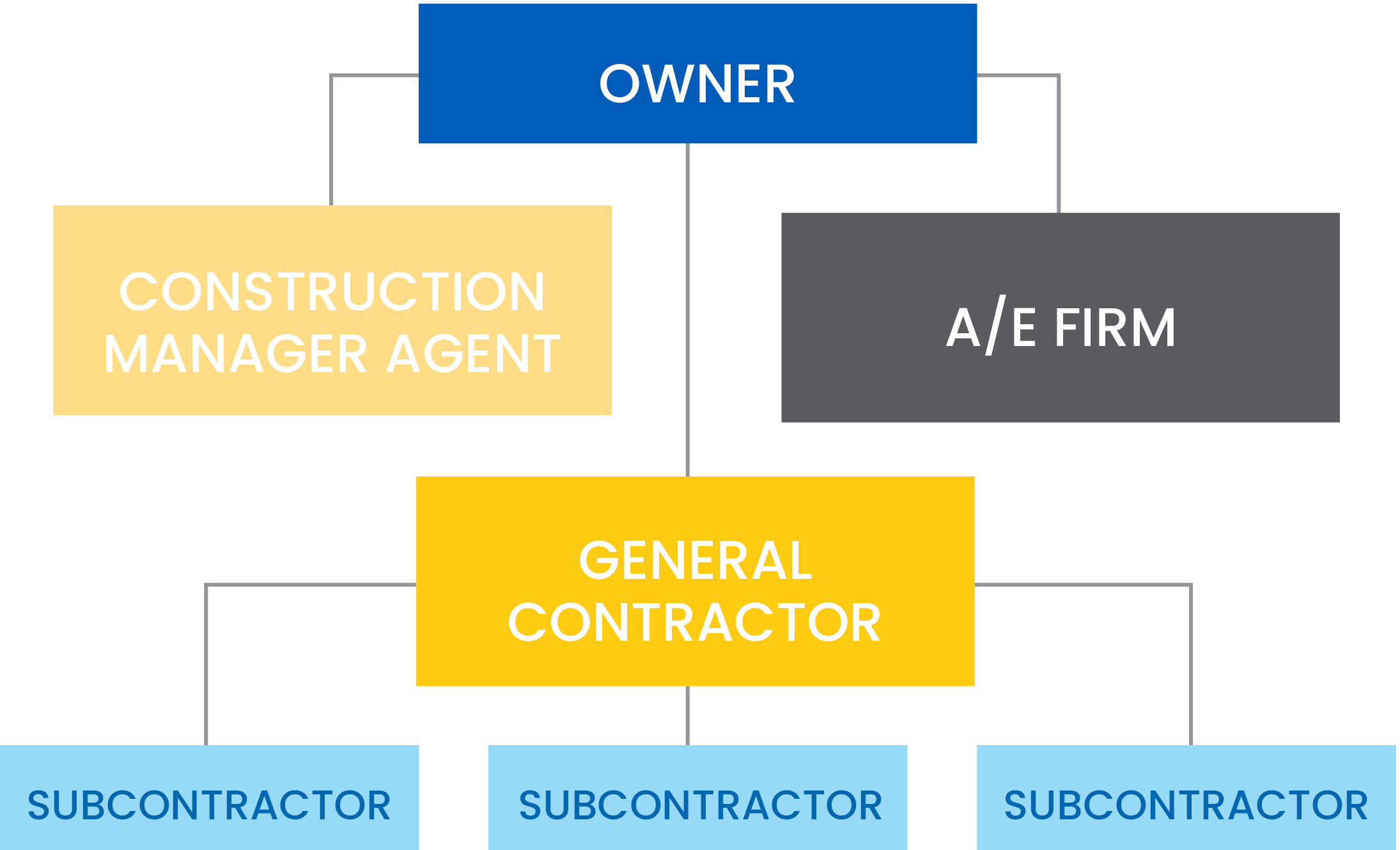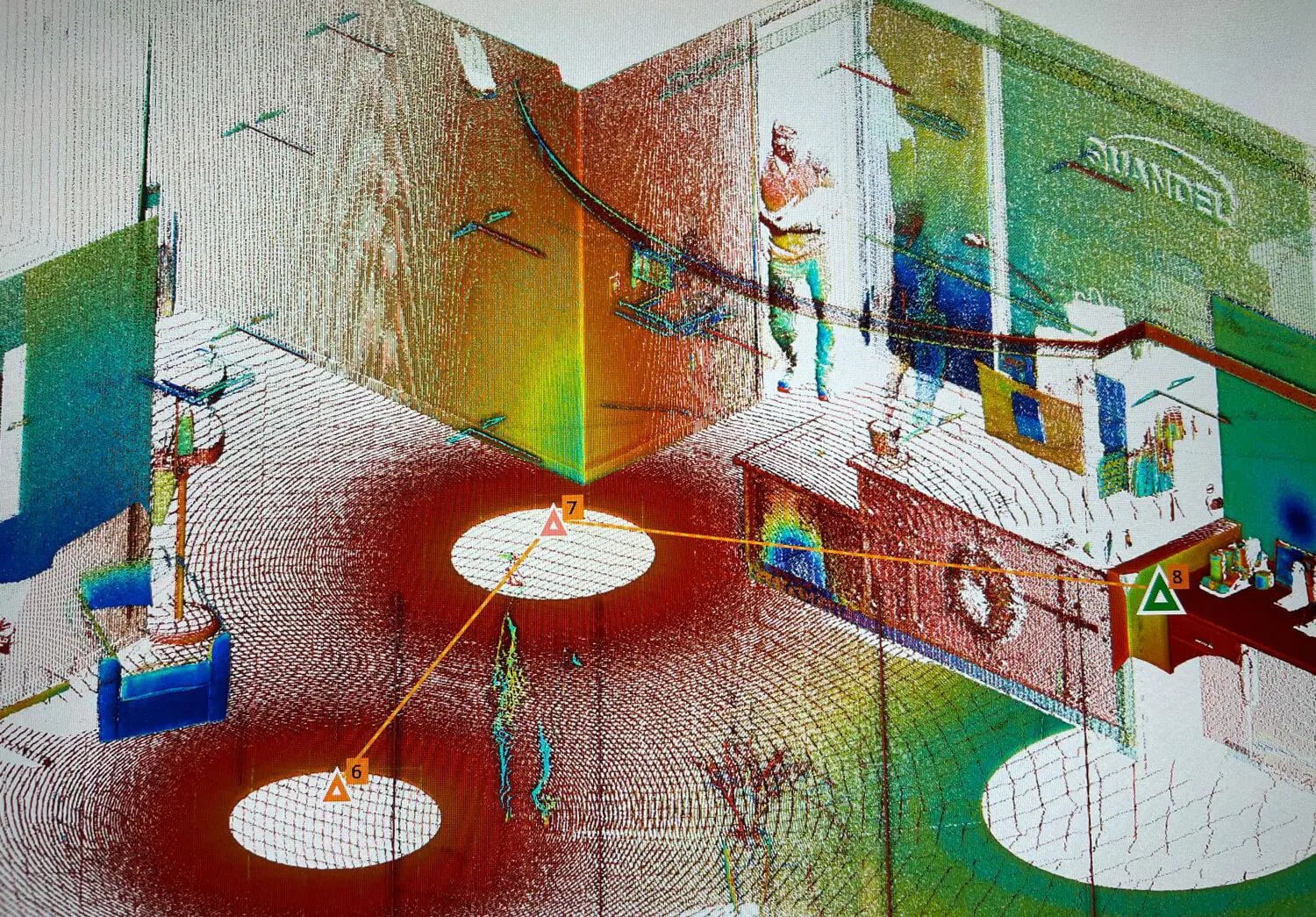An extension cord is a valuable tool in various work environments. These cords are common on worksites, where they can be found in use throughout the day and in different areas of the workplace. That’s why it’s important to adhere to essential safety guidelines. Neglecting these five fundamental rules for extension cord safety can transform this often-overlooked necessity into a potential hazard. Let’s delve deeper into how you can ensure your safety and comply with OSHA standards.
Ensuring OSHA Safety Compliance
To ensure compliance with OSHA regulations at a worksite or construction site, two primary approaches can be taken. The first option is the Assured Equipment Grounding Conductor Program (AEGCP), which involves daily inspections of all connection points. Although this approach can be effective, it is often neglected by users, resulting in dangerously overlooked power connections and extension cords. An alternative approach is the use of Ground Fault Circuit Interrupters, which monitor the flow of power from a plug and its return. Any discrepancy triggers an immediate power cutoff, making this method highly reliable.
100-foot extension cord maximum length
OSHA standards specify a maximum extension cord length of 100 feet. If a worksite requires a longer reach, a temporary power distribution box must be employed. These 100-foot extension cords are suitable for continuous use with equipment such as generators and compressors. It is crucial to match the amperage of the equipment you are powering with the appropriate extension cord. Additionally, 220/240V tools require a 220V extension cord.
Extension cords types: light-duty, medium-duty, and heavy-duty
Light-Duty Extension Cords
Light-duty extension cords are thin and designed for very low-powered equipment. They should not be used with heat-generating appliances and typically lack a grounding wire. When using light-duty cords with items like clocks, small desk lamps, or chargers, it’s advisable to choose models with switches. Devices consuming over seven amps should not be linked to light-duty extension cords. Typically, 25-foot cords possess an 18 AWG rating, 50-foot cords have a 16 AWG rating, and 100-foot cords feature a 14 AWG rating. AWG, which stands for American Wire Gauge, is a measurement that signifies the cable’s diameter.
Medium-Duty Extension Cords
Medium-duty extension cords are of moderate thickness and are intended for powering grounded appliances. These cords come equipped with a grounding wire and are commonly used for devices consuming less than 10 amps. Safety guidelines suggest using a 16 AWG wire for a 25-foot medium-duty extension cord, a 14 AWG wire for a 50-foot cord, and a 12-gauge extension cord for a 100-foot reach.
Heavy-Duty Extension Cords
Heavy-duty extension cords, typically ten-gauge, are the thickest and offer superior sheath and insulation quality. They are highly heat-resistant and durable. These cords are suitable for powering heating devices and tools drawing between 10 and 15 amps. It’s essential to select an extension cord of the appropriate length to prevent voltage drop. A 100-foot 30-amp extension cord is a suitable choice for heavy-duty applications.
Avoid Daisy-Chaining Extension Cords
Connecting one extension cord to another is not recommended. Extension cords have specific power ratings for a reason, and joining two identical cords reduces the capacity of each cord by half, leading to voltage irregularities and overheating. Using mismatched extension cords increases the risk of overheating and equipment failure. Extending an extension cord without a temporary power distribution box violates OSHA standards and can potentially result in fire, electrocution, or equipment failure. Each extension cord should power only one appliance, except for low-voltage equipment like cell phone chargers.
Inspect All Extension Cords
Using an extension cord with damaged insulation is a violation of OSHA standards. Even if a damaged cord appears to function, it can allow current leakage, leading to voltage irregularities and potential overheating in cases of extensive damage and multiple power leaks. Using insulation tape as a quick fix is not acceptable on a worksite as a safe fix. Instead, discontinue use and await a replacement. During inspections, check for:
- Cord damage
- Marks indicating independent laboratory testing (e.g., UL, ETL, CSA)
- Ensure that plugs are securely inserted into outlets
- Cords plugged in that aren’t in use (unplug and pack away)
- Cords that came in contact with water
Environmental Considerations for Extension Cords
It is essential to keep extension cords uncovered and allow for heat dissipation. Covering cords without proper ventilation creates a fire hazard and violates OSHA regulations. Temporary extension cords should not be routed through walls, doors, ceilings, or beneath floors. Indoor and outdoor extension cords are designed for specific purposes and should not be used interchangeably.
Maintain Basic Extension Cord Safety Daily
Remember that extension cords are intended for temporary use. Even if a heavy-duty 20 amp extension cord appears robust, it should not be used for permanent installations. Continuous use can degrade the cord’s ability to carry current, leading to electrical issues, including voltage fluctuations and the risk of overheating. To maintain worksite safety, adhere to these straightforward rules and conduct regular inspections of all electrical cords and related equipment.

